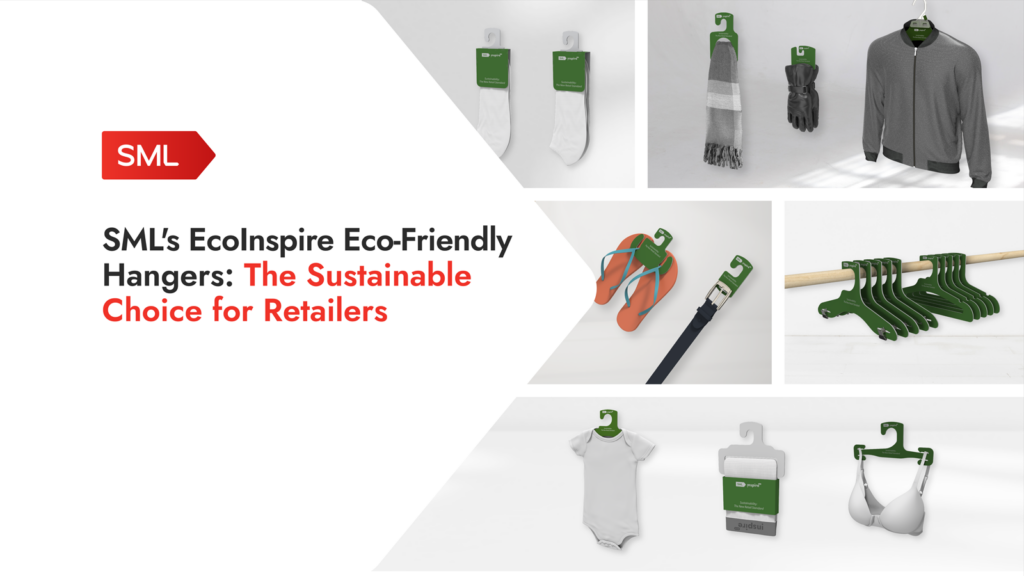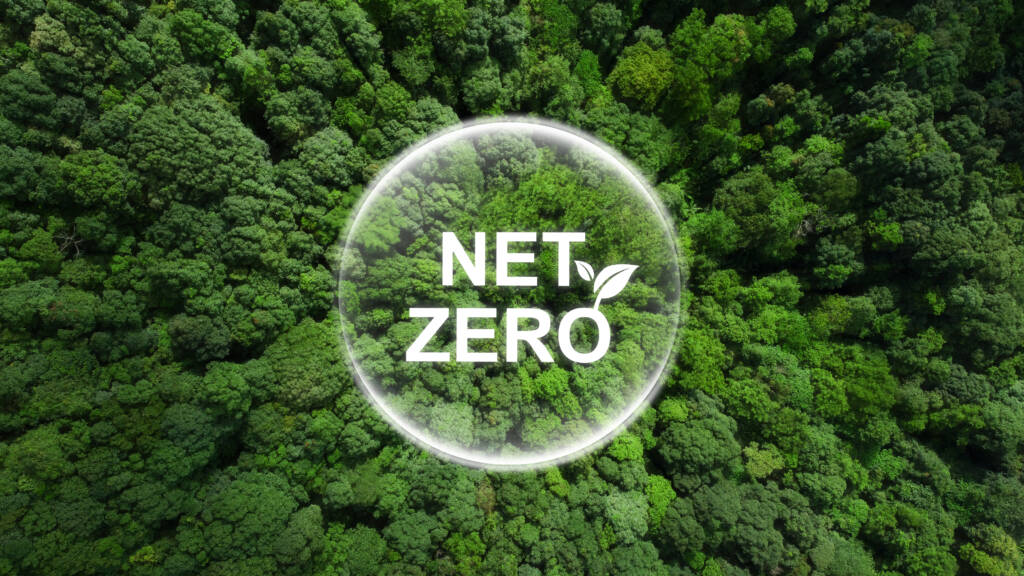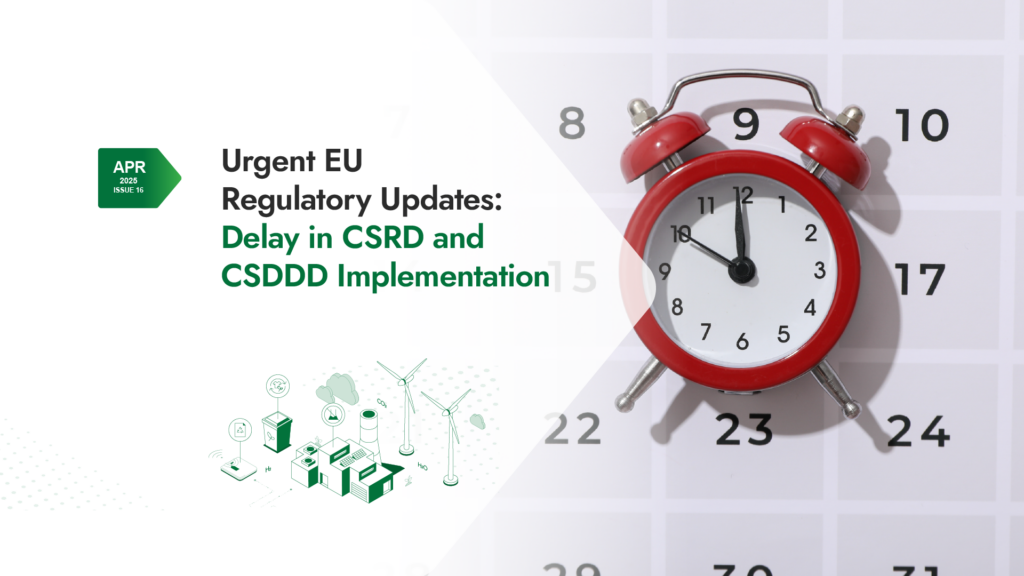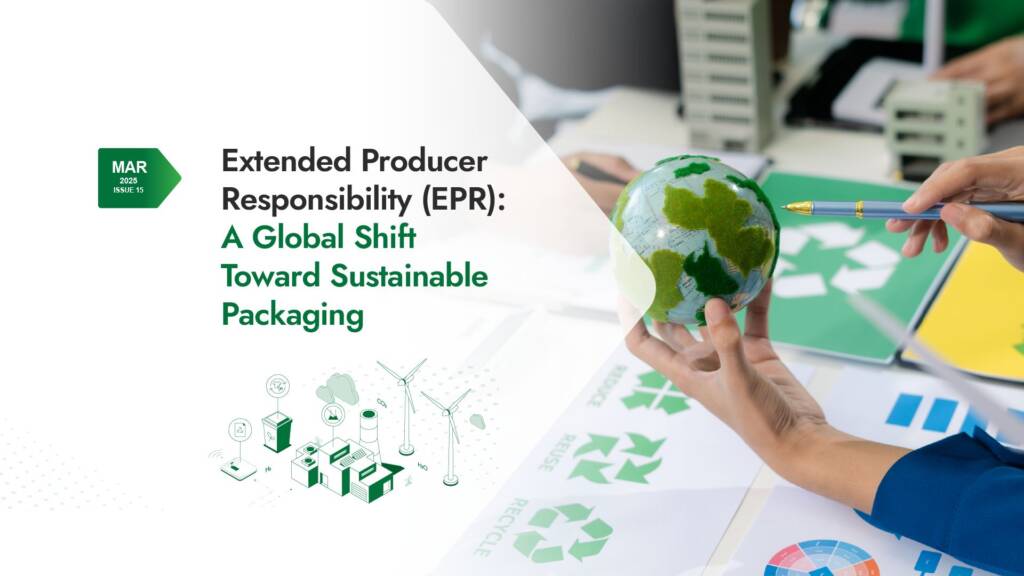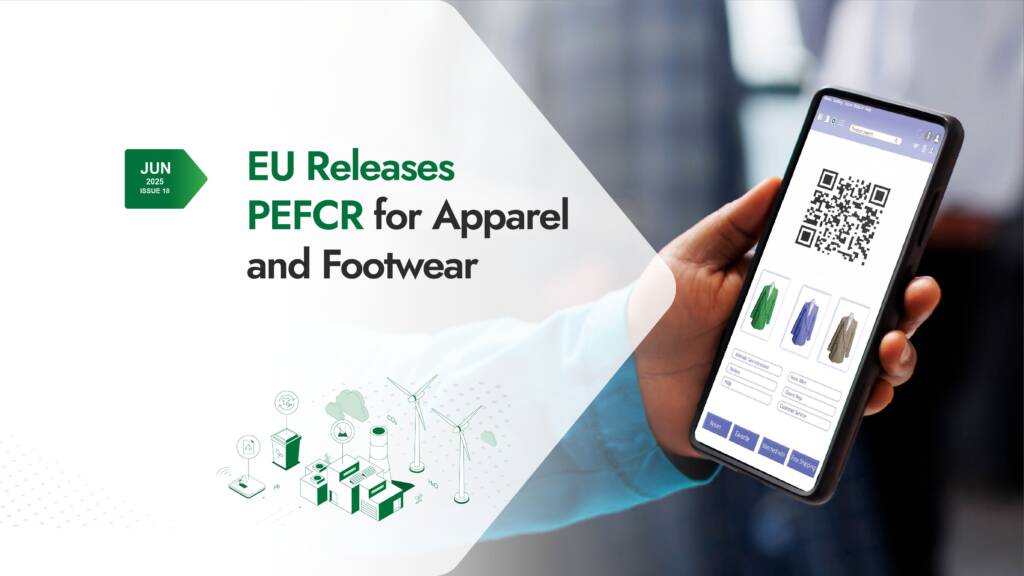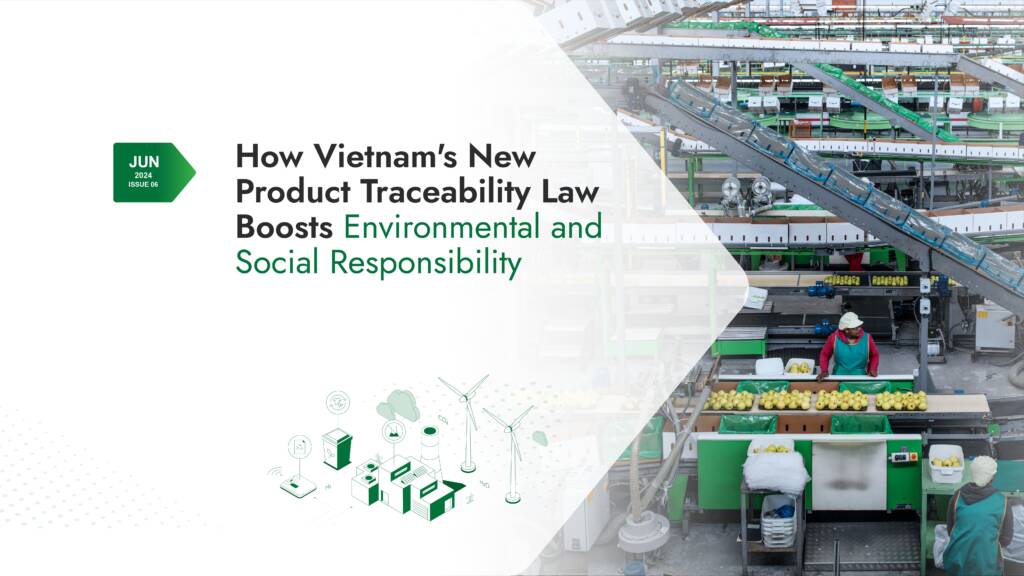Sustainability Insights #21
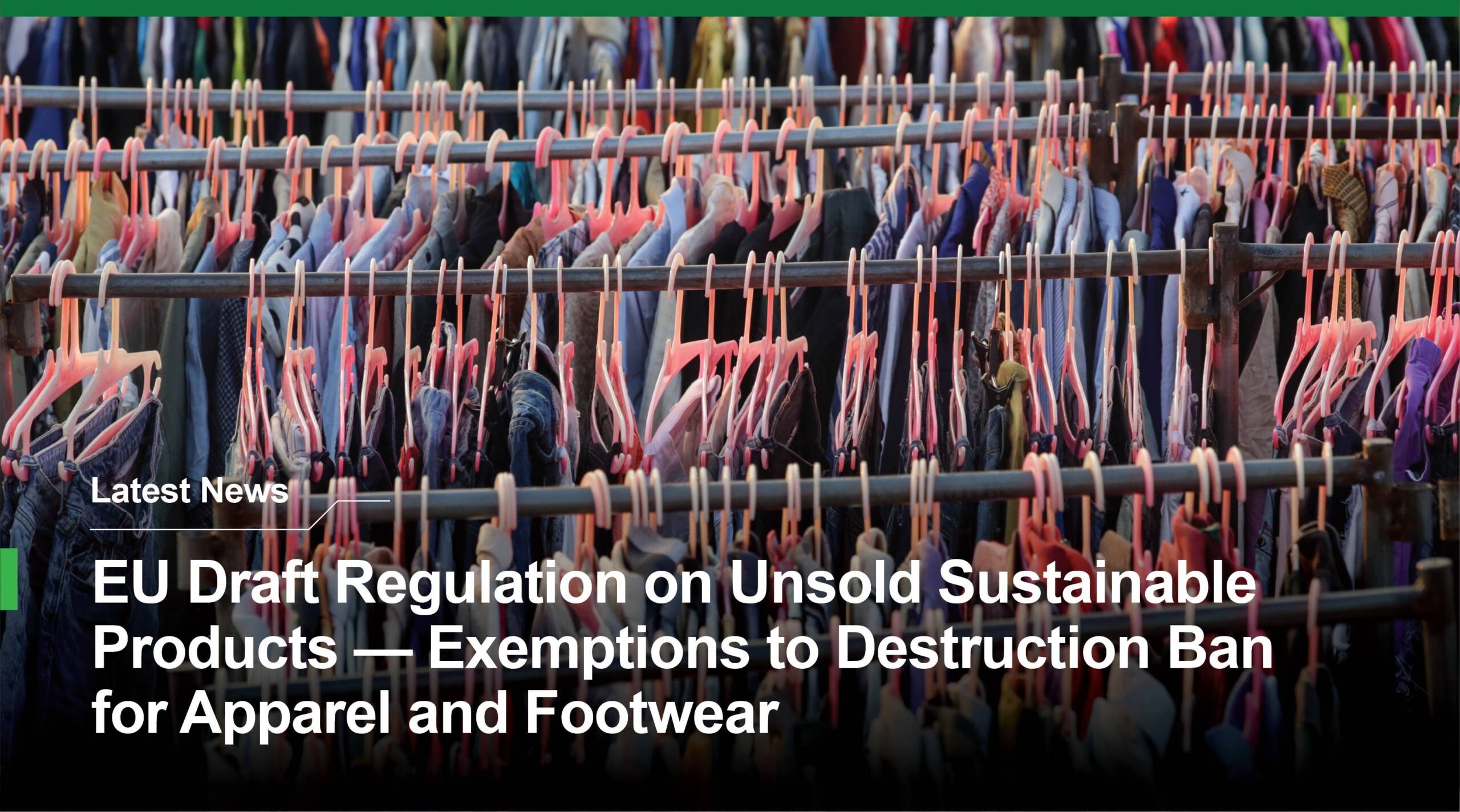
As part of the EU Ecodesign for Sustainable Products Regulation (ESPR) rollout, the European Commission issued a draft delegated regulation on 30 June 2025 detailing exemptions to the destruction ban for unsold apparel and footwear. Effective from 19 July 2026, it supports circular economy goals by promoting reuse, remanufacturing, and responsible end‑of‑life product management.
What does the draft delegated regulation say?
The draft regulation outlines specific conditions under which unsold apparel and footwear may be lawfully destroyed, provided that economic operators retain appropriate documentation. These include:
- Products posing health or safety risks classified as dangerous under Regulation (EU) 2023/988 (General Product Safety Regulation).
- Products non‑compliant with EU or national law (excluding the GPSR safety case), where destruction is legally required or proportionate.
- Intellectual property (IP) infringements or expired licensing restrictions.
- Technical barriers to reuse or remanufacturing for IP compliance or social sensitivities.
- Physical damage or defects that cannot be feasibly repaired.
- Non‑compliance with well-established voluntary chemical safety standards, where destruction is the appropriate corrective action.
- Rejected donation attempts or donated items without recipients.
- Second‑hand or refurbished products reintroduced to the market via waste treatment operators but remaining unsold or unclaimed.
Does national textile extended producer responsibility (EPR) help fulfill this requirement?
The EPR scheme is a key policy tool. It ensures producers take responsibility for sorting and proper management of products, including unsold consumer products. It can extend products’ lifetimes by assessing fitness for preparation for reuse and making them available on the market.
Depending on its design and implementation, a national textile EPR scheme may help fulfill ESPR requirements on destruction – particularly if it prioritizes reuse and includes mechanisms to document when reuse is not feasible.
Does recycling count as destruction under ESPR?
Under ESPR, destruction refers to intentionally discarding or rendering products unusable as waste, rather than reintroducing them into the economy. Recycling is not considered destruction; it is an acceptable option after reuse or remanufacturing has been deemed unfeasible, in line with the EU waste hierarchy. The draft delegated act reinforces this by allowing derogations for destruction only when reuse is technically impossible.
What documentation is required?
Economic operators must not destroy consumer products and are required to document and disclose certain information under ESPR, specifically:
✓ Amount of unsold products discarded.
✓ Reason for discarding, even if not destroyed.
✓ Measures taken or planned to prevent destruction in the future.
According to the draft delegated regulation, if destruction is allowed under specific exceptions, operators must retain supporting documents for 10 years, such as:
✓ Safety test reports or statements of legal non‑compliance.
✓ IP infringement justifications or expired licenses.
✓ Quality assessments or expert opinions for physically damaged goods.
✓ Evidence of donation attempts or lack of market for reuse.
This draft regulation marks a significant step in clarifying ESPR’s ban on the destruction of unsold apparel and footwear. While it introduces structured exemptions, some areas – such as defining “unsellable” or valid resale efforts – remain unclear. Further refinement is expected before final adoption, and we will continue monitoring developments closely.
Source:
European Commission
Key takeaways:
- The EU’s draft regulation under ESPR introduces clear exemptions to the destruction ban for unsold apparel and footwear, emphasizing reuse and responsible disposal.
- Documentation and transparency are essential, including 10‑year retention for approved destruction cases.
- Some definitions remain vague; further clarification is expected before rules take effect on 19 July 2026.

As EU rules on unsold apparel and footwear tighten, brands need end-to-end visibility and greener packaging. SML’s InfuseRFID and EcoInspire™ work together to cut excess inventory, enable circularity, and elevate brand sustainability.
InfuseRFID: Embedded, washable RFID for item-level visibility
InfuseRFID embeds RFID functionality directly into fabric – virtually invisible, ultra-durable, and designed for repeated washing and demanding environments.
- Washable, water and chemical resistant; ideal for apparel, hospitality, and industrial workwear
- Permanently and discreetly embedded for tamper-resistant, aesthetic-friendly tracking
- High read range for real-time inventory, authentication, and loss prevention
- Supports circularity with lifecycle tracking for reuse, donation, and recycling
- Scalable and cost-effective to reduce mis-shipments, lower BOPIS cancels, and prevent overproduction
EcoInspire™: Sustainable labels and packaging that perform
EcoInspire™ is SML’s portfolio of eco-smart labels, packaging, and accessories that reduce environmental impact without compromising brand experience.
- Eco-friendly materials (e.g., recycled yarn, non-solvent inks) to lower carbon footprint
- Recyclable, resource-efficient packaging to reduce waste and boost appeal
- Available in RFID and non-RFID options, these solutions enable data transparency – combining digital traceability with materials designed to reduce environmental impact.
- Designed for durability, style, and compliance in modern retail environments
Together, InfuseRFID and EcoInspire™ help brands prevent overproduction and unsold stock with accurate item-level data, enable traceability for reuse and end-of-life recycling, and align operations with sustainability goals and evolving regulatory expectations.
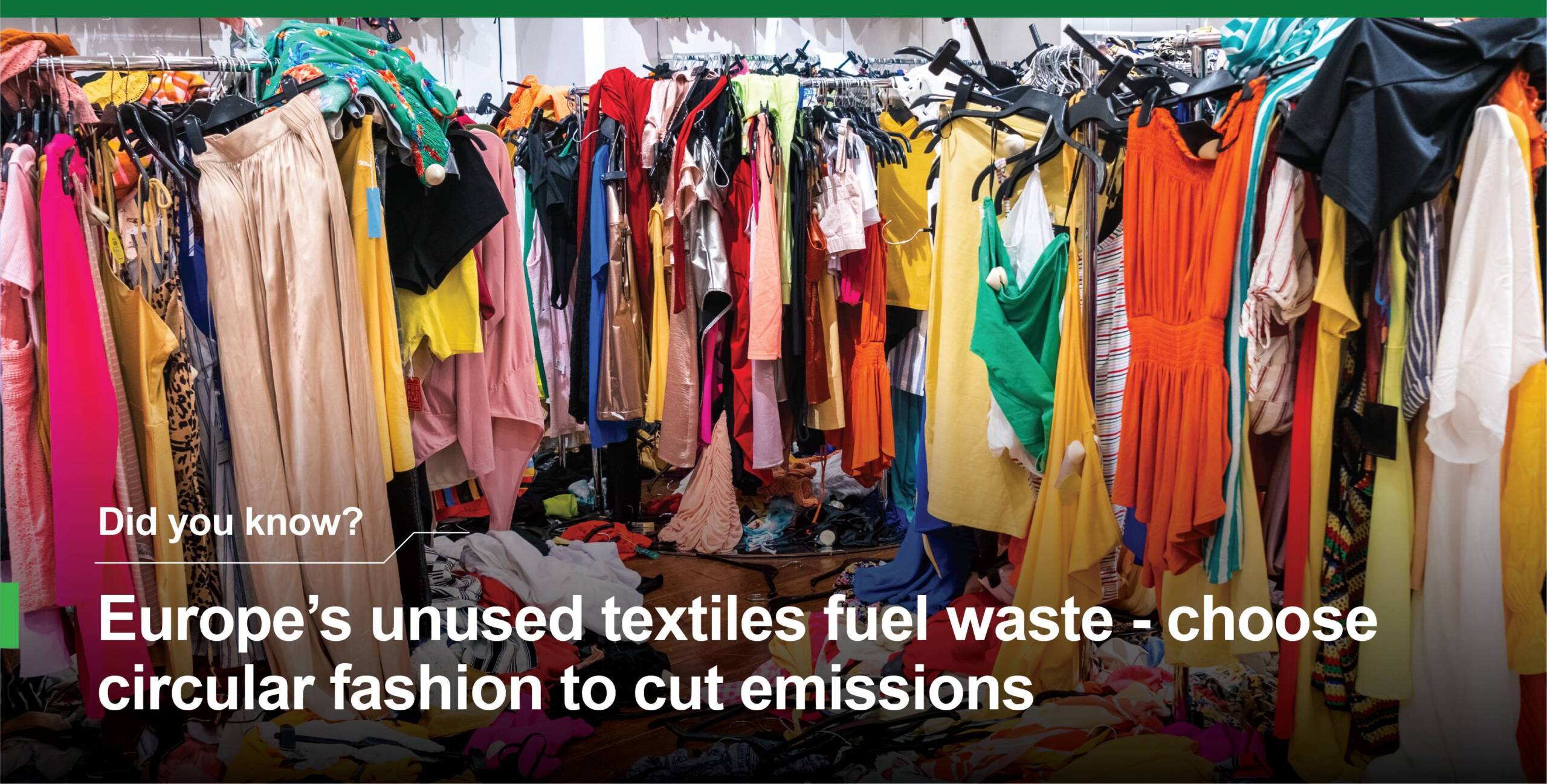
In Europe, an estimated 4–9% of textiles placed on the market are destroyed before ever being used – driven by overproduction, fast fashion cycles, and high online return rates. Unsold or returned items are often incinerated or landfilled, adding to environmental impacts. The destruction of textiles in the EU is estimated to generate up to 5.6 million tonnes of CO₂ emissions annually.
Why this matters to people and the planet?
- Destruction of unsold textiles accelerates resource depletion and carbon emissions.
- Overproduction and rapid trend turnover create inventory risk that often ends as waste.
- Circular approaches—reuse, repair, resale, and responsible redistribution—keep products in use longer and cut emissions.
Source: European Environment Agency

to discover tailored solutions and
lead the way in sustainability.

